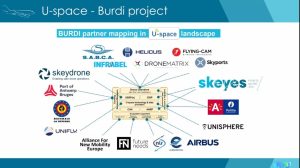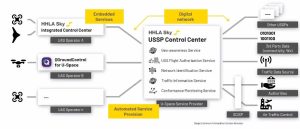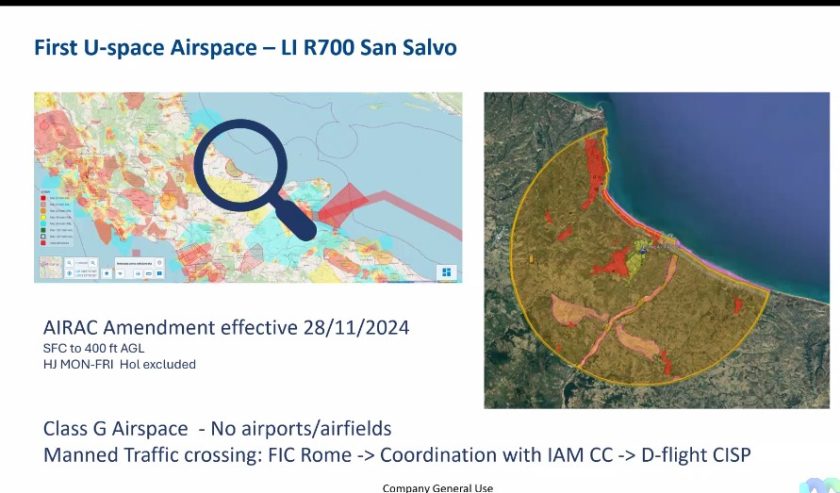The Belgian Civil Aviation Authority (BCAA) plans to complete its final audit of the country’s Common Information Service Provider (CISP) certification process in the first quarter of 2025, according to Koen Milis, BCAA Director-General, speaking at today’s European Union Aviation Safety Agency (EASA) Innovative Air Mobility Implementation Forum.
The U-space BURDI projected hosted in the port of Antwerp has provided BCAA with an early identification of the relevant stakeholders and their roles and responsibilities
Belgian’s air navigation service provider (ANSP) Skeyes is the designated CISP candidate and the BCAA is currently examining the how issues related to CISP services, such as the business plan and network identification service hosting, will relate to the certification process. Slightly more complex will be the certification process for U-space service providers (USSPs) by BCAA. One candidate is undergoing the certification process; documents have been received but there are still some questions and assumptions that need to be resolved around the issues the airspace risk assessments.

In Italy, D-Flight is also undergoing the CISP and USSP certification process. Earlier this month the country’s ANSP ENAV identified LIR700 San Salvo as the country’s first U-space area. “We are starting as simple as possible,” said Maurizio Paggetti, Chief Operating Officer, ENAV. ENAV/D-Flight will be the CISP and the airspace area covers a mere five miles, Monday to Friday, of Class G airspace. One of the key challenges, he told delegates, is to identify which USSPs might want to tactically manage the airspace.
The next candidate U-space areas in Italy are centred on Rome, Milan, Venice and Campania.

A view of U-space certification from a non-national ANSP was given by Neeraj Bansal, Chief Revenue Officer, HHLA Sky Gmbh of Hamburg, an organisation which has developed a complex U-space system for the port and city of Hamburg which features real-time approvals, dynamic airspace reconfiguration (around 13 helicopter flights a day transverse the U-space area) and segmented flight approvals, so drone operators can see when temporary airspace restrictions might impact their flight plans. The system was ready now for commercial operations now, he said, though awaited certification.

Neeraj Bansal presented EASA with a series of recommendations to speed the implementation of U-space, including more coordination across EU countries to ensure harmonisation; the publication of a calendar for launch of U-space in member countries long with the status of readiness; and provision of a sandbox zone where interoperability tests between USSPs can be conducted.




